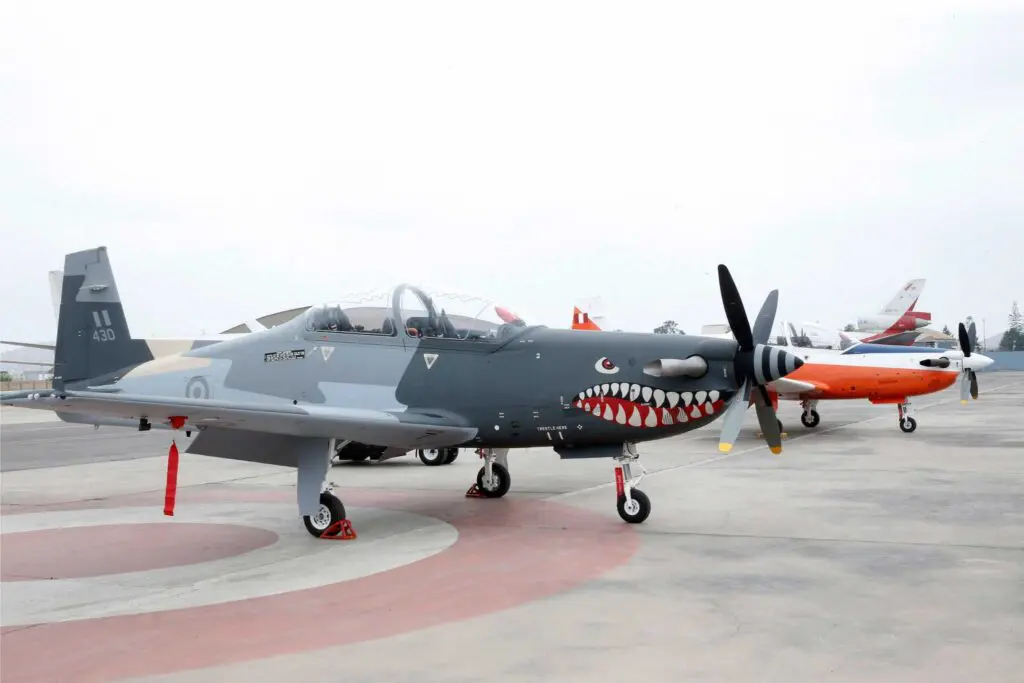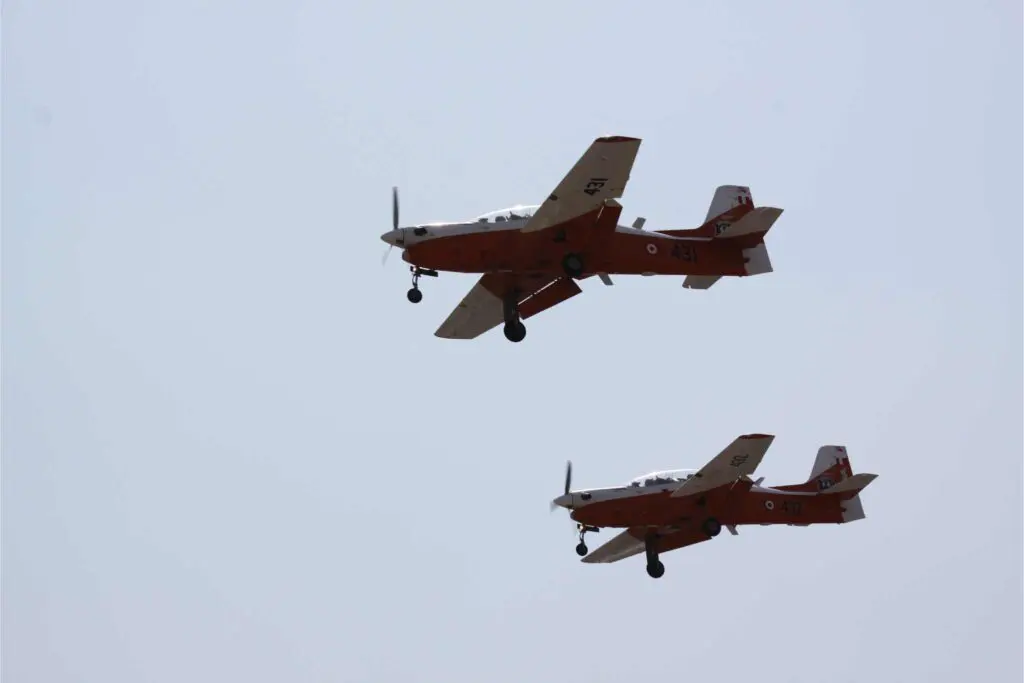After 23 years, the United States and Peru will resume cooperation in aerial interdiction against drug trafficking. This news signifies the reactivation of airborne anti-drug efforts and the possibility, at last, of closing the national airspace to the incursion of criminal aircraft.
It was in 2001 when this joint effort, which had already neutralized 14 illicit flights, came crashing down with the regrettable downing of the Cessna A185F from a US Christian mission by a CIA-guided A-37B, following a series of communication errors. That’s why this announcement is so important, as it will turn the page on such a tragic event and further the process of closer coordination and cooperation on aeronautical issues between the South American country and the world’s leading power.

Specifically, this outcome of the recent working visit to Washington by authorities from the Peruvian Ministry of Defense opens an interesting space for strengthening capabilities for the Peruvian Air Force (FAP).
As a result, it is expected to receive modern American technological support, likely aircraft and surveillance radar systems – which Peru lacks in much of its territory – as well as equipment and training for personnel.
According to intelligence reports, an average of four small planes enter Peruvian territory daily through the southeast border, originating from both Brazil and Bolivia, to land, refuel, and return to their home runway loaded with drugs.
The place for this illegal activity is the high jungle of the Valley of the Apurímac, Ene, and Mantaro Rivers (VRAEM), a golden triangle for coca leaf cultivation and the production of coca base and cocaine hydrochloride destined mainly for North America and Europe.

More than a decade after that incident, the FAP took the risk of using the Sukhoi Su-25 for interception on its own, following the retirement of the Embraer EMB-312 “Tucano” and the prohibition of operating “Dragonfly” aircraft in such missions. Now it’s time for the 20 turboprops manufactured by Korean Aerospace Industries KAI KT-1P “Torito” to enter the scene, of which 16 were assembled in the workshops of SEMAN Peru.
It is the most modern aircraft in terms of its manufacturing date in the combat vector inventory, and its crews are already preparing to restart the hunting season from the Air Group No. 51 of the FAP at the Pisco Air Base – 300 kilometers south of Lima. We will await updates.
You may also like: The current status of the Mirage 2000 and the challenges facing the combat aviation of the Peruvian Air Force














